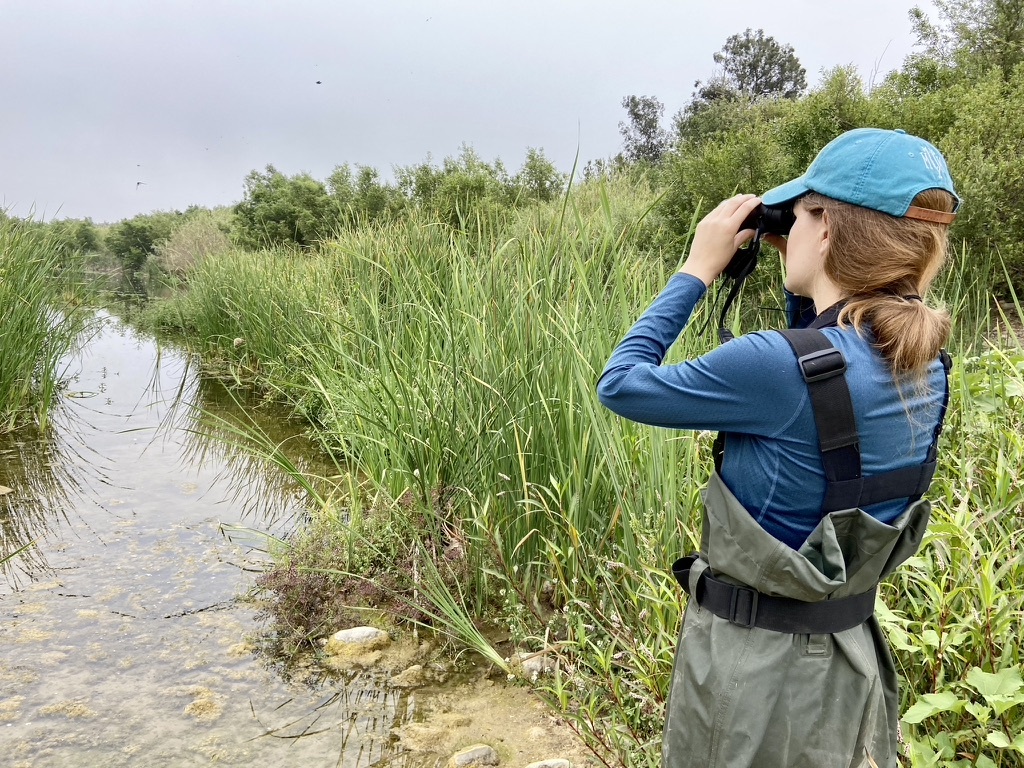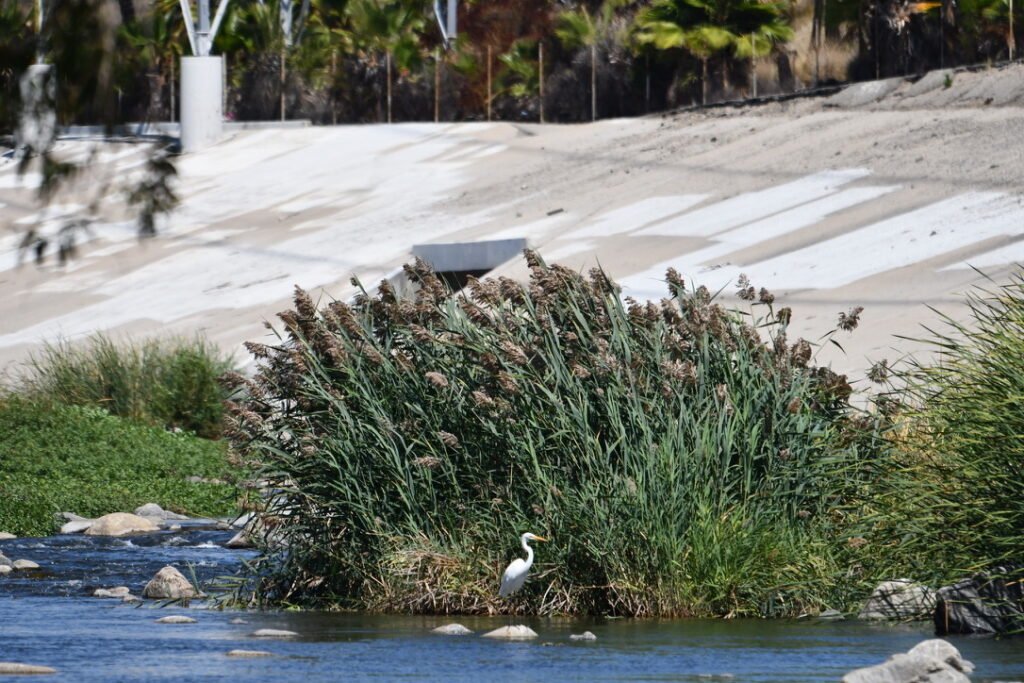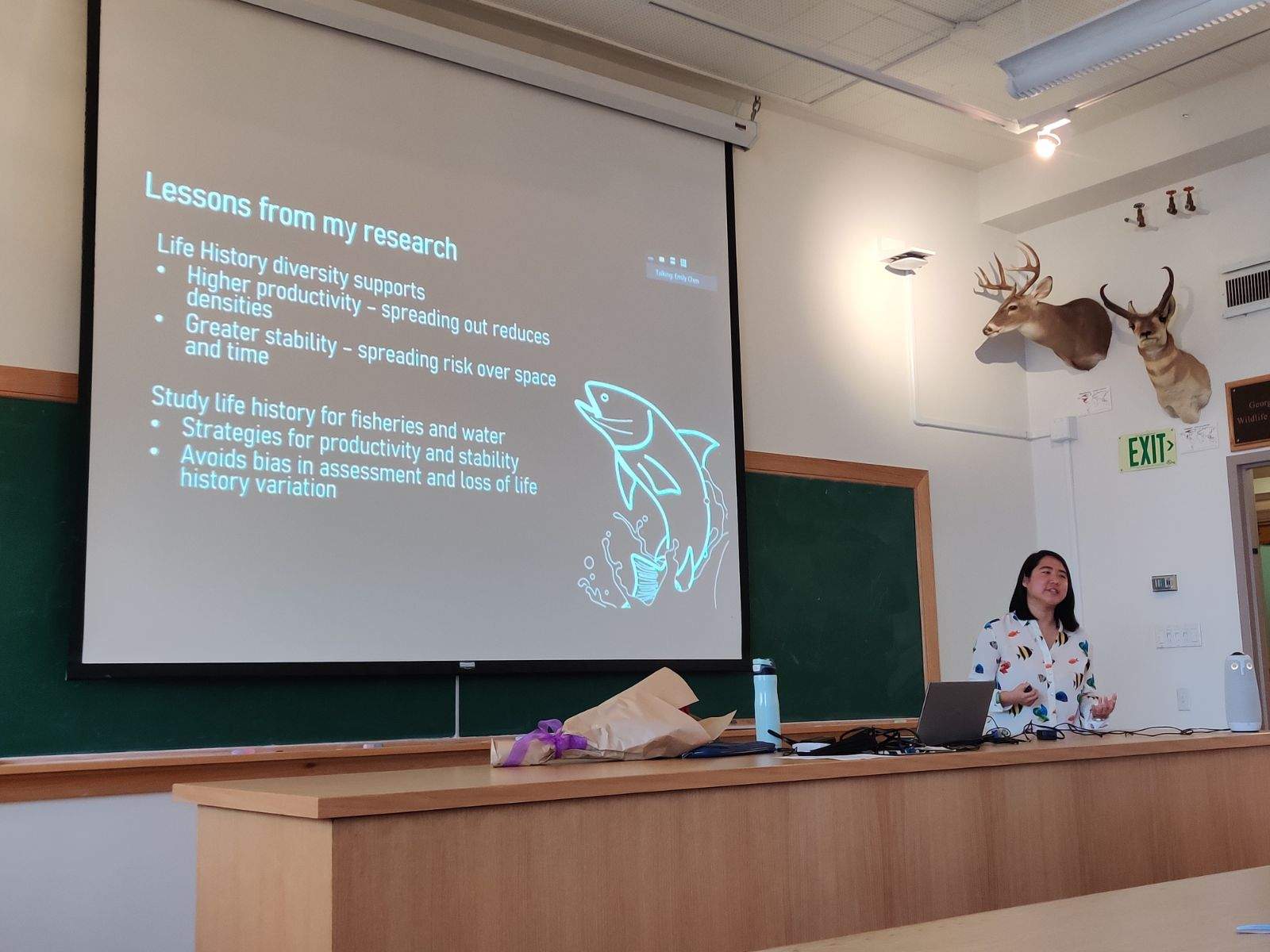A robust contingent from the Berkeley Freshwater group participated in the Society for Freshwater Science Annual Meeting in Philadelphia! We presented talks on a variety of topics: estuarine phenological shifts by Robert, riparian tree-groundwater interactions at Pinnacles by Rose, effects of drought on Sierra Nevada stream communities by Kyle, flow variation and riparian birds in Southern California rivers by Melissa, and time-varying effects of Delta outflow on Longfin smelt by Parsa. It looks like they also managed to sneak in some sightseeing!




